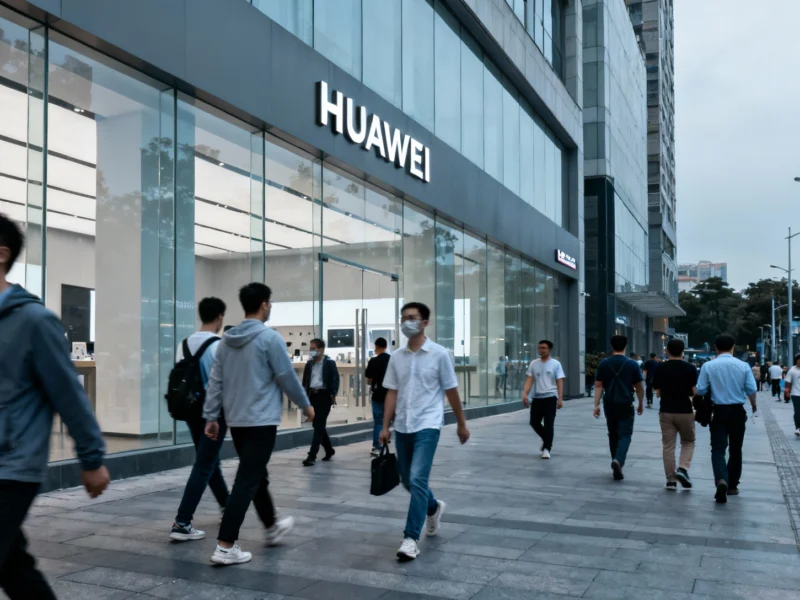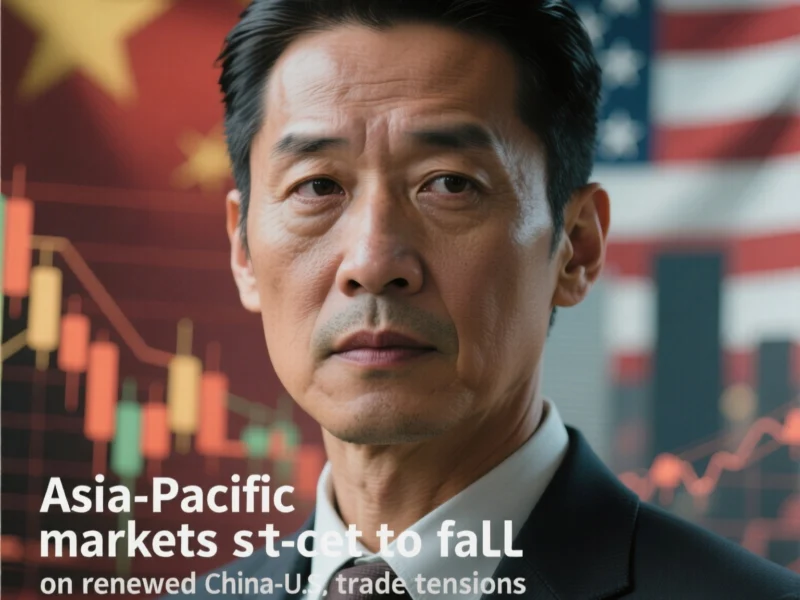The Unwelcome Surprise at Your Doorstep
When Rich DeThomas ordered a dozen bottles of Italian wine to his Alabama home, he expected to enjoy fine vintages, not navigate bureaucratic red tape. Instead, his shipment became trapped in UPS shipping chaos, ultimately declared undeliverable due to new tariff regulations. After receiving a replacement from the vineyard, he was hit with a $13 bill from UPS for “abandoning” the original case. “It’s the headache of dealing with it all,” DeThomas lamented. “What the hell? What’s going on?”
The End of Small Shipment Exemptions
DeThomas joins countless Americans experiencing the direct consequences of tariff policy changes that took effect in August. The Trump Administration eliminated the de minimis loophole that previously exempted shipments valued under $800 from tariffs—a threshold that covered many consumer purchases. This policy shift has transformed ordinary shoppers into amateur customs brokers, forced to understand complex international trade rules for simple online orders.
The shipping chaos affecting consumers has been particularly severe for UPS customers, with packages languishing in warehouses for weeks and some shipments threatened with disposal due to customs complications. What was once a seamless process has become a logistical nightmare for both individuals and businesses.
Consumers Face Steep Learning Curve
American shoppers now find themselves grappling with questions they never anticipated: What’s the product’s country of origin? How do I verify tariff charges? Are the fees being calculated correctly? For many, these questions arise only after receiving shocking bills for shipments they assumed would arrive without complication.
Katie Golden, who resells clothing on Depop, expected to pay some tariffs on her $179 order of used apparel from the UK. She was stunned when UPS presented her with a $769 bill, including a $54 brokerage fee. “It shouldn’t be this hard to order a package,” she said, noting she’s disputing the charges, suspecting UPS applied incorrect tariff rates.
Some customers report even more egregious errors, with shipments hit with 200% tariff rates for Russian aluminum—among the highest U.S. import duties—despite containing no metal from that country. These incidents highlight how shipping services are struggling to adapt to new requirements.
Broader Economic Implications
The tariff impact extends beyond individual shipping headaches. Fed Chair Jerome Powell has indicated that tariffs have prevented the central bank from cutting interest rates sooner, affecting broader economic policy. Business leaders and economists had predicted inflation spikes and shipping disruptions following the policy changes, with companies like Walmart and Amazon warning of price increases.
Tom Strohl, president of consulting firm Oliver Wight Americas, suggests that companies shipping to the U.S. should either factor tariffs into purchase prices or allow customers to pay tariffs at checkout. “If customers are confused, it’s going to affect their brand,” he noted. “That, to me, is the worst possible outcome for a supplier.”
These policy shifts and their economic consequences represent significant challenges for businesses preparing for the holiday shipping season.
Business Adaptation and Consumer Response
Kunal Sharma, who owns two Canadian businesses selling luxury car parts, has already watched UPS lose or return U.S.-bound shipments since the de minimis loophole ended. “I can’t even imagine how bad it’ll get on Black Friday,” he said, expressing concern about the upcoming peak shopping period.
Meanwhile, consumers like George Hayes are reconsidering international purchases altogether. The North Carolina resident imports collectibles from Japan that are often cheaper than U.S. equivalents, but after paying about $700 in tariffs on his last shipment, he’s pausing further orders until clearer guidance emerges. “We didn’t know how good we had it,” Hayes said of the pre-tariff system.
This consumer hesitation comes amid broader global supply chain realignments affecting multiple industries.
Technological Solutions and Industry Response
As shipping services struggle with new requirements, technological solutions are emerging to help manage the complexity. New tools and platforms are being developed to streamline customs declarations and tariff calculations, though widespread implementation remains incomplete.
These technological innovations parallel developments in other sectors where software solutions are addressing complex regulatory challenges. Similarly, compatibility tools are evolving to bridge different systems, much as shipping services must now bridge different countries’ trade regulations.
Looking Ahead: Permanent Changes to Consumer Behavior
The tariff-induced shipping chaos appears likely to produce lasting changes in how Americans shop internationally. What was once a simple process of clicking “buy” now requires consideration of potential customs hurdles, unexpected costs, and delivery delays.
As the situation continues to evolve, both consumers and businesses must adapt to new realities in international shipping. The complete picture of how these policies will reshape global e-commerce remains unclear, but the immediate disruption is undeniable.
These market shifts are part of broader industry developments affecting multiple sectors. Meanwhile, related innovations in technology continue to influence how businesses and consumers navigate changing regulatory landscapes.
The coming months will reveal whether shipping services can develop more efficient processes or if consumers will permanently scale back international purchases—a significant shift that would reshape global retail patterns and potentially accelerate domestic manufacturing initiatives.
This article aggregates information from publicly available sources. All trademarks and copyrights belong to their respective owners.
Note: Featured image is for illustrative purposes only and does not represent any specific product, service, or entity mentioned in this article.



